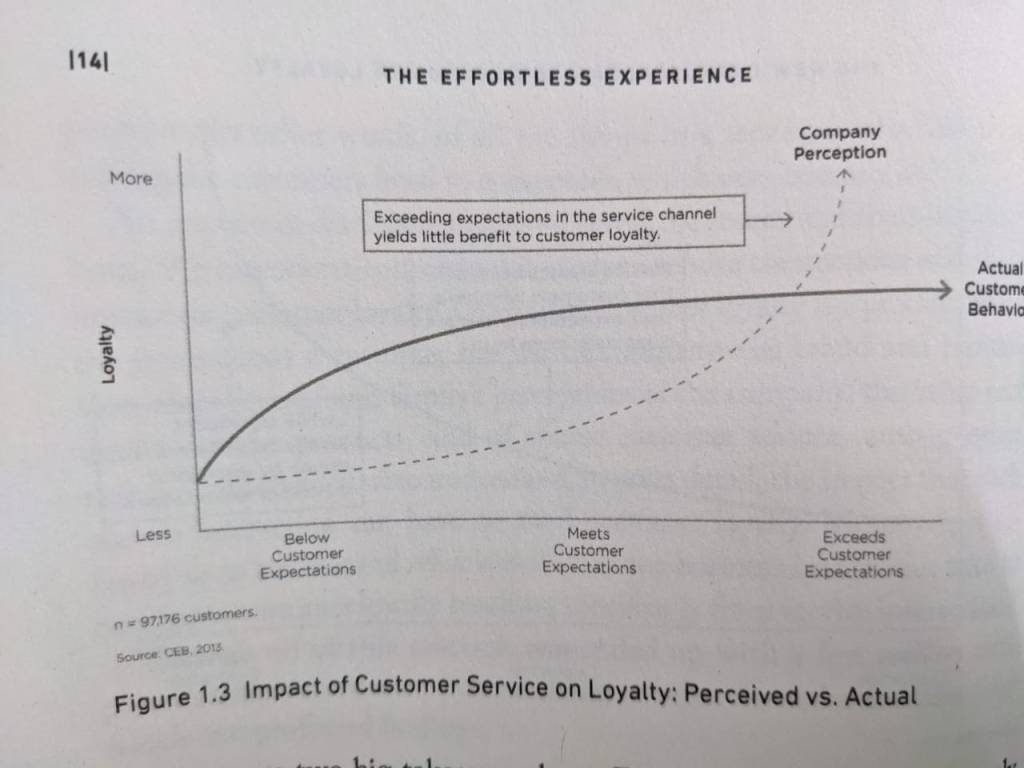<This is a guest post by Nishil Patel>
Digital development and customer experience run parallel with each other. Thus, businesses
across the world majorly focus on customer satisfaction as it is the only key to success. The
way businesses are operating has changed drastically in the past few years. However, it is
the one thing that will not change is the customer impact.
It means if your product or service doesn’t appeal to your audience, then you must focus on
improving them. There is no doubt that marketing will help you to some extent, but you will
not go too far. Significantly when it comes to software testing, customer experience is still a
priority. It is the base of the testing strategy that guides the testers and developers to
make it the best.
Customer-Centric Testing Approach
The customer-centric testing approach revolves around prioritizing the user experience over
rigid specifications and aims to automate exploratory testing to enhance speed and
scalability. In this approach, the main focus is on understanding and meeting the needs and
expectations of the customers.
This customer-centric testing approach goes beyond traditional testing methods that solely
rely on predefined test cases and requirements. Instead, it embraces a more adaptive and
dynamic approach that allows for continuous feedback and improvement.
By continuously monitoring and analyzing the user experience, testing teams can proactively identify areas of improvement and make data-driven decisions to enhance the overall user satisfaction.
By leveraging machine learning and AI, organizations can scale their testing efforts while
ensuring a high degree of accuracy and efficiency. The intelligent algorithms can process
vast amounts of data and provide actionable insights, enabling testing teams to optimize
their testing strategies and prioritize their efforts based on the most critical areas affecting
the user experience.
Key Aspects of Customer Experience
Customer experience plays a vital role in strategizing software testing. To understand how,
let’s have a look at the following points.
1- Trends in social media
Businesses nowadays should be transparent for an effective communication flow with the
customers. A wide range of social media such as Twitter, Facebook, etc. provides you with
direct feedback. Furthermore, you can easily expand your target audience and improve
customer loyalty.
2- Human approach
Every growing business focuses on improving customer behavior. It also helps in
understanding the current and upcoming demands. Gathering information such as
requirements, customer behavior, cultural behavior, etc. prompts innovation to bring new
ideas.
3- Regular improvements
Just gathering feedback from the customers will do nothing. As an organization, you must
respond to them. The task of creating a positive impact becomes easy when you start
solving the doubts and problems. This feedback will lead the testing and development team
to know where they lack and rectify the issues smoothly.







